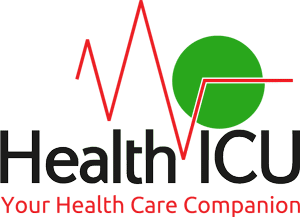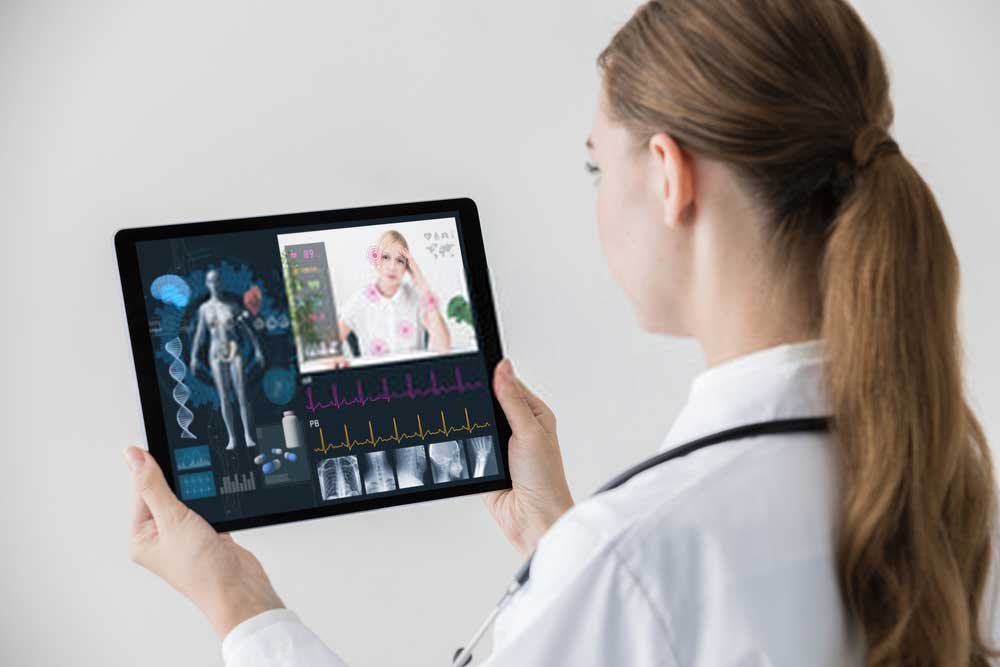The healthcare industry is transforming rapidly. The digital healthcare segment of the industry is estimated to be $206 billion in 2020. This is good news for those selling patient monitoring devices as the demand for their products is taking on an upward trajectory.
The patient monitoring device market has side-streamed into a refurbished patient monitoring system where healthcare professionals can get access to state-of-the-art equipment at lower prices. Here is a list of the emerging trends in patient monitoring.
Big Data and Healthcare
The ability to track a patient’s health is combined with some serious number crunching. It’s a potent combination that can lead to knowledge and insights that are meaningful in research and treatment.
By using and displaying data in meaningful ways, accurate predictions can be made that can allow timely interventions. One example was when the patient monitoring system recorded patients’ vitals and was able to predict which patient will be re-admitted within thirty days.
Electronic Health Records
For data to be useful, it has to be timely. With the emergence of electronic health records (known as EHRs and also as electronic medical records), patient monitoring systems are sharing information on cloud servers for quick access.
Regardless of the area of medicine in which you work, you are going to see major improvements if you implement this software. For example, you could run a cosmetic surgery clinic, in which case cosmetic surgery emr will bring with it many major benefits. EHR ensures the quality of care provided to patients by offering access to accurate and up-to-date patient information to providers.
Artificial Intelligence and Machine Learning
In this age of big data, healthcare data needs quick processing and interpretation, which is where Behavioral Health EHR has become incredibly useful to healthcare services. AI and ML are two technological leaps that can do this. They allow the fast processing of data and provide analysis that is meaningful and can be used in real-time.
Al is also known to be used to understand a patient’s electronic health record by allowing patient monitoring systems to leverage cloud technologies. It allows for a more accurate diagnosis of the patient’s health concerns. AI and ML are also making progress in the areas of radiology and pathology.
Remote Patient Monitoring
The importance of remote patient monitoring cannot be over-emphasized. Home monitoring systems are already commonplace, but they can now be remotely connected to the healthcare facility to track patient’s health and set off alarms in adverse situations.
Now you can connect the vital signs patient monitor to a computer and start sharing your vital records in real-time with your doctor. This way, your doctor can monitor your condition remotely and advise on medication protocol.
Wireless Sensors
Wearable technology is the most sought-after trend and is soon finding its foothold in the healthcare industry. Medical sensors that are wireless and discreet are already popular with many patients, and the demand seems to be only growing.
Wearable monitoring devices can send your vital stats, in real-time, to your physician. It helps keep track of your condition and allow them to make recommendations.
Healthcare is no longer at the mercy of the patient being connected to numerous wires and tubes in the hospital. It has embraced technology and emerged to become a science that can make a difference in people’s lives. These trends in patient monitoring only make life easy for patients and doctors. So, you may not need to visit the doctor at all.



